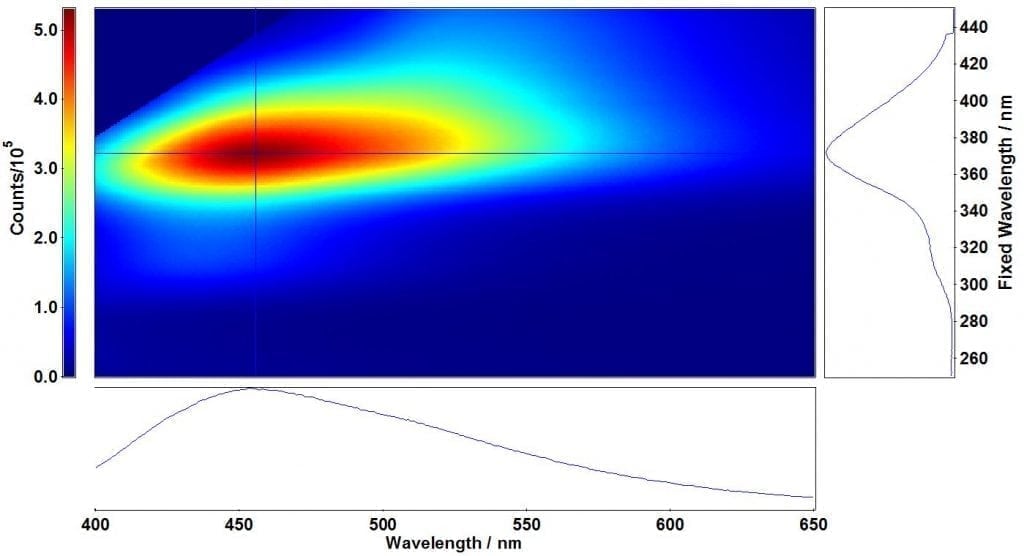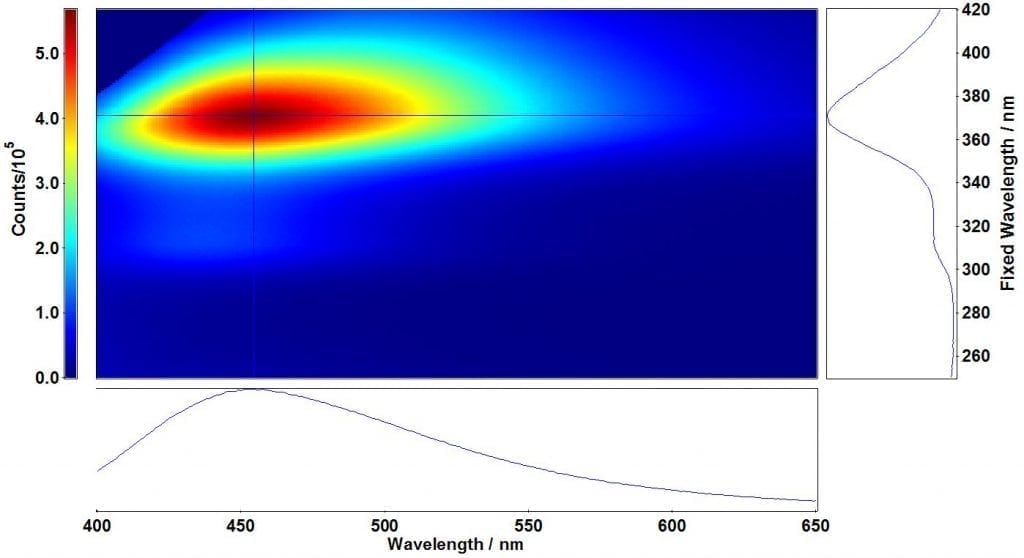Wine Analysis using Fluorescence Spectroscopy
The analysis of components is important in the chemistry, microbiology and engineering of food products. Component analysis is a useful tool in the authentication, quality or adulteration of food in production and storage units. Compared to conventional food analysis methods such as liquid or gas chromatography and calorimetry, fluorescence spectroscopy is a fast and simple, minimally invasive and non-destructive technique. It can consequently be applied directly, without additional preparation or separation of components. Moreover, its sensitivity has been widely reported as 100-1000 times higher than other spectrophotometric techniques. The multi-dimensional spectral and time-resolved techniques including excitation, emission, synchronous and lifetime scans can be used to investigate the fluorescence landscapes of wine products. This way their unique fingerprint can be obtained, associated with fluorescent compounds naturally occurring in foods. Fluorescent compounds commonly found in wines are polyphenols, flavonoids, stilbenes vitamins, tannins and amino acids.
Two white wine samples from different regions (Pinot Grigio, Sicily and Falanghina, Benevento) were measured in quartz cuvettes of 10 mm path-length in right angle geometry. To maintain the intact food matrix, the samples were used as obtained with optical density (OD) 0.5.The excitation-emission maps (EEM) of the wine samples were obtained and are shown in Figures 1 and 2 using the F980 software. The emission maxima can be seen at 456 nm upon excitation maxima at 370 nm agreeing with the fluorescence spectra of phenols and flavonols.
Figure 1: Excitation-emission map of the Falanghia sample.
Figure 2: Excitation-Emission of the Pinot Grigio sample.
Download the Full Wine Analysis Application Note
Wine Analysis using Fluorescence Spectroscopy
Edinburgh Instruments Software
For further information on our Software why not contact one of our sales team at sales@edinst.com.
Fluorescence Spectroscopy Applications and Technical Notes
We have an extensive online research library featuring a range of fluorescence spectroscopy applications and technical notes. Why not take a moment to browse our Technical and Applications Library and keep up to date with our latest research.
If you have enjoyed reading our Application Note on wine analysis using fluorescence spectroscopy, you may like to sign-up to our infrequent newsletter via our red Sign-Up button below.










